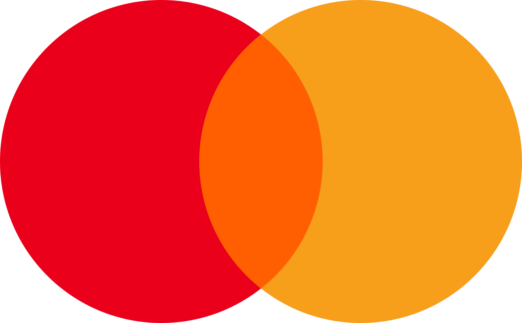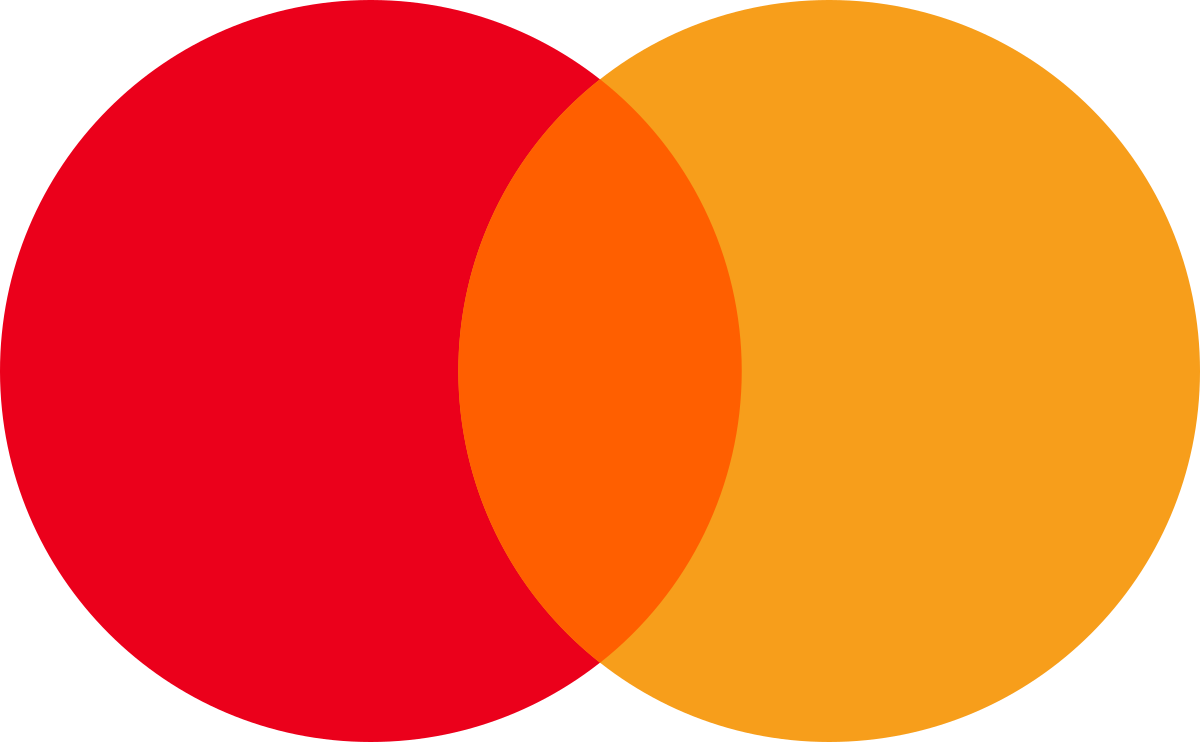Table of Contents
ToggleTicker Details
Company Charts
COMAPNY FINANCIALS
Company News
Company Details, History, Founders and Founding Days
Mastercard, Inc operates as a technology company. The firm engages in the payments industry that connects consumers, financial institutions, merchants, governments and business. It offers payment solutions for the development and implementation of credit, debit, prepaid, commercial and payment programs. The company was founded in 1966 and is headquartered in Purchase, NY.

Table of Contents
-
Introduction
-
Founding and Early Years
-
Major Milestones
-
Key Stakeholders
-
Board of Directors
-
Current Trends
-
Competitors
-
Timeline
-
Conclusion
1. Introduction
Mastercard Incorporated is a leading global payments and technology company that connects consumers, financial institutions, merchants, governments, and businesses worldwide. Founded in the 1960s, Mastercard has evolved significantly over the decades, becoming a major player in the global payments industry.
2. Founding and Early Years
Mastercard was founded as the Interbank Card Association (ICA) in 1966 by a group of California banks, initially as a response to Bank of America’s BankAmericard (now Visa). The founders aimed to create a unified brand to compete in the emerging credit card market. By 1979, the organization rebranded to Mastercard, which became the name of the company.
Founders
The key founders include:
- Wells Fargo
- United California Bank
- Crocker National Bank
- Bank of California
These banks formed a consortium to manage and promote the new brand and its associated products.
3. Major Milestones
- 1966: Formation of the Interbank Card Association (ICA).
- 1969: The card was rebranded as “Master Charge: The Interbank Card”.
- 1979: Rebranding to “Mastercard”.
- 1980s-1990s: Global expansion and technological advancements.
- 2002: Merged with Europay International.
- 2006: Initial Public Offering (IPO).
- 2010s: Introduction of various digital payment solutions.
- 2020s: Expansion into blockchain, AI, and cybersecurity.
4. Key Stakeholders
Mastercard’s stakeholders are varied and include:
- Founders: The original banks that formed ICA.
- Shareholders: Investors who own shares of Mastercard stock.
- Board of Directors: Includes executives from various industries.
- Customers: Banks, merchants, and consumers.
- Regulatory Bodies: Financial regulatory authorities worldwide.
- Partners: Technology firms, financial institutions, and other service providers.
5. Board of Directors
The Board of Directors of Mastercard comprises experienced leaders from various industries who provide strategic guidance and oversight. As of the latest available information, the key members include:
- Ajay Banga: Executive Chairman
- Michael Miebach: Chief Executive Officer
- Richard Haythornthwaite: Former Chairman
- Julius Genachowski: Managing Director at The Carlyle Group
- Olivier Bohuon: Former CEO of Smith & Nephew plc
- Jill C. Considine: Former Chairman and CEO of The Depository Trust & Clearing Corporation
- Richard K. Davis: Chairman and CEO of Make-A-Wish America
- Carlos A. Rodriguez: President and CEO of Automatic Data Processing, Inc. (ADP)
- Youngme Moon: Professor at Harvard Business School
- Rima Qureshi: Executive Vice President and Chief Strategy Officer at Verizon Communications
- Silvio Barzi: Former CEO of Russell Investments
This diverse group brings a wealth of knowledge and expertise, helping Mastercard navigate the complex global financial landscape.
6. Current Trends
- Digital Payments: Growth in contactless payments and e-commerce.
- Cryptocurrency and Blockchain: Partnerships and solutions integrating blockchain technology.
- Cybersecurity: Investments in securing transactions and user data.
- AI and Machine Learning: Enhancing fraud detection and customer service.
- Sustainability: Initiatives aimed at reducing the carbon footprint and promoting financial inclusion.
7. Competitors
Mastercard’s primary competitors include:
- Visa: The largest global payments network.
- American Express: Known for its premium card offerings.
- Discover: Another major player in the U.S. market.
- PayPal: A leader in digital and online payments.
- Fintech Companies: Emerging competitors such as Square, Stripe, and other digital payment startups.
8. Timeline
9. Conclusion
Mastercard has come a long way since its inception in 1966. From a consortium of banks forming a response to a competitor, it has grown into a global leader in the payments industry. With continuous innovation and adaptation to new technologies, Mastercard remains at the forefront of the financial sector, navigating the challenges and opportunities of the digital age. As the industry continues to evolve, Mastercard’s commitment to secure, efficient, and inclusive payment solutions ensures its significant role in shaping the future of global commerce.
Reference: Chatgpt
This data is based on May 23 2024 data may vary in accordance to change with time.

